Few deities evoke as much fascination and unease as Hel, the Goddess and ruler of the underworld. Often overshadowed by more prominent figures like Odin or Thor, Hel embodies themes of death, transition, and the shadowy realms beyond life. While her name has become synonymous with the Norse afterlife, Hel is far more than a grim overseer—she is a profound symbol of boundaries, justice, and the inevitability of mortality.

Origins and Family
Hel is one of the three monstrous offspring of the trickster God Loki and the giantess Angrboða ("the one who brings grief"). Her siblings are the Midgard Serpent (Jörmungandr) and the *giant wolf Fenrir. According to Snorri Sturluson in the Prose Edda, the Gods, upon learning of the potentially disastrous nature of Loki’s children, decided to deal with each one accordingly. Fenrir was bound, Jörmungandr was cast into the sea, and Hel was banished to the underworld.
But her banishment wasn’t so much punitive, but some sort of dark promotion. Odin sent Hel to Niflheim, the misty, cold realm of the dead, and gave her dominion over all those who died of sickness, old age, or anything other than heroic battle. There, she became the queen of the underworld that also bore her name: Helheim or simply Hel.
Appearance and Symbolism
Hel's appearance is striking and symbolic. Ancient sources describe her as being half-living and half-dead—one side of her body is healthy and alive, while the other is decayed and corpse-like. This duality speaks to her nature as a liminal figure, one who exists between the worlds of life and death.
This division of her form mirrors the role she plays in mythology. She is neither evil nor good, but rather a necessary and natural part of the Norse cosmology. Death, in Norse belief, is not a moral judgement but a fact of existence. Hel’s realm is a place of rest for most souls, not punishment (read more about Helheim, the Realm of Hel here).

Hel’s Realm: Helheim
Helheim lies in the far reaches of Niflheim, one of the nine worlds in Norse cosmology. It is a cold, foggy, and shadowy place—a stark contrast to the fiery lands of Muspelheim or the divine halls of Asgard. The road to Hel is long and difficult, said to be crossed by a bridge guarded by the giantess Modgudr.
Within Helheim, Hel rules from a hall called Éljúðnir ("Sprayed with Snowstorms"). The realm is orderly and structured, where the dead reside under her judgment. It is a place for those who lived out their lives in quiet ways—farmers, artisans, children, and the elderly.
Hel’s power is not just administrative; she can refuse or release the dead at will, a power demonstrated in the sagas of Baldur, Odin’s beloved son. After Baldur was slain, the Gods sent Hermod, another son of Odin, to plead for his return. Hel agreed—but only if every being in the world wept for Baldur. When one giantess (believed to be Loki in disguise) refused, Baldur remained in Helheim, cementing Hel’s authority and justice.
Hel’s Role in Ragnarök
In the great Norse apocalypse known as Ragnarök, Hel’s influence is poised to rise. Some sources - not all of them - foretell that she will release the dead from Helheim to march alongside her father Loki and her brother Fenrir in the final battle against the Gods. This mass of the dead, known as Náströnd or "Corpse Shore," symbolizes the return of all that was lost, unforgotten and undying in memory and myth.
This association with the end times reinforces Hel’s nature as a final judge and liberator of the dead, not merely a passive ruler. She is a force to be reckoned with, commanding an army of forgotten souls and offering a counterbalance to the glory-seeking ethos of Valhalla.

Misconceptions and Legacy
The name “Hel” later became conflated with the Christian Hell, especially during the Christianization of Scandinavia. However, Helheim is not necesarely a place of punishment. The realm was simply the natural destination for most souls, and Hel a fair and unwavering guardian.
In modern times, Hel has seen a revival in literature, film, and neopagan spiritualities. She is the Goddess of death, often invokes also for healing and to ease the transition into the thereafter, someone who watches over the grieving and the dying. Her symbolism speaks to those who face loss and transformation.
Hel stands in the line between life and death, order and decay, memory and oblivion, she challenges simplistic views of good and evil. Her realm is not one of punishment, but of reckoning. She teaches that there is dignity in endings, power in silence, and beauty in the shadows. In a world that often shies away from discussing death, Hel reminds us that death is not an end, but a transformation. She is the keeper of memory, the guardian of the past, and the boundary that even Gods must respect.
In honoring Hel, we honor the part of ourselves that faces the unknown with calm resolve—the part that accepts fate not as doom, but as the last chapter in the saga of life.
Bibliographical References
Sturluson, Snorri. The Prose Edda. Translated by Jesse Byock. Penguin Classics, 2005. ISBN: 9780140447552
Lindow, John. Norse Mythology: A Guide to the Gods, Heroes, Rituals, and Beliefs. Oxford University Press, 2001. ISBN: 9780195153828
Davidson, H.R. Ellis. Gods and Myths of Northern Europe. Penguin Books, 1990. ISBN: 9780140136272
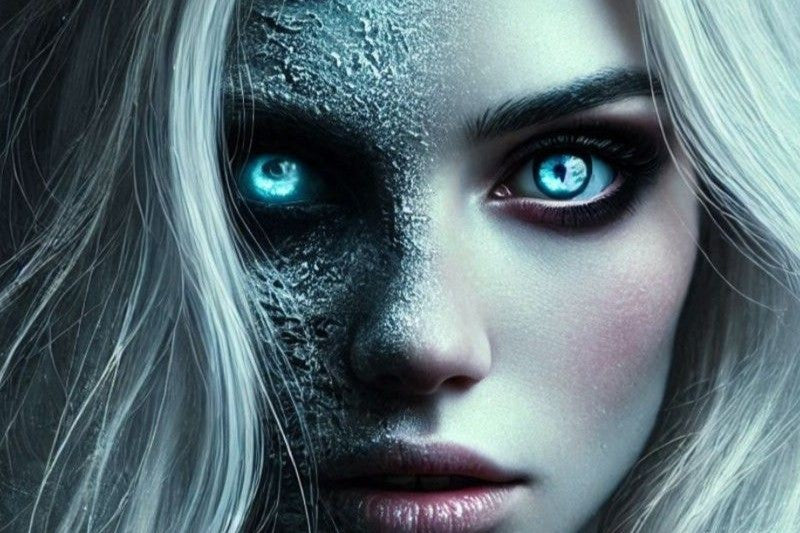



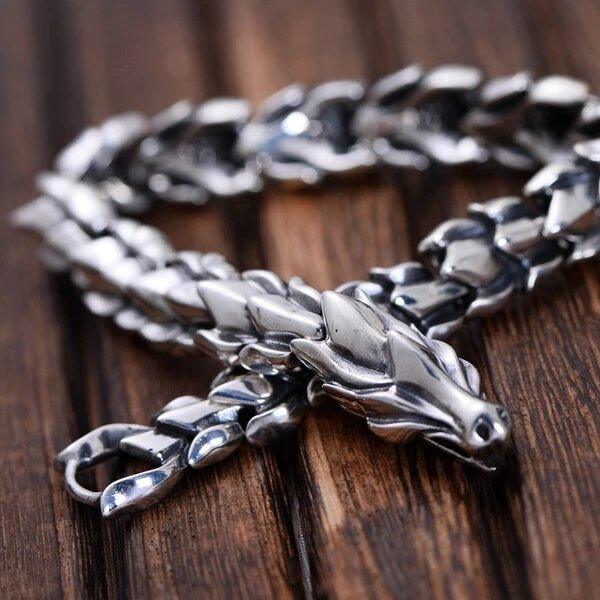
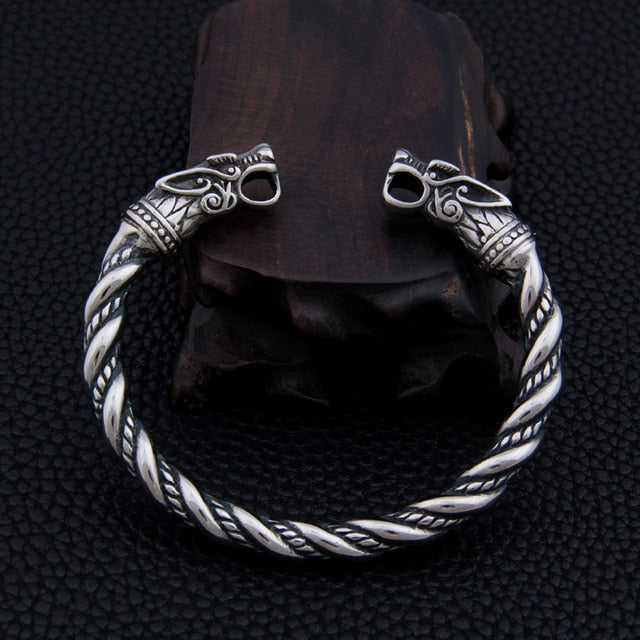
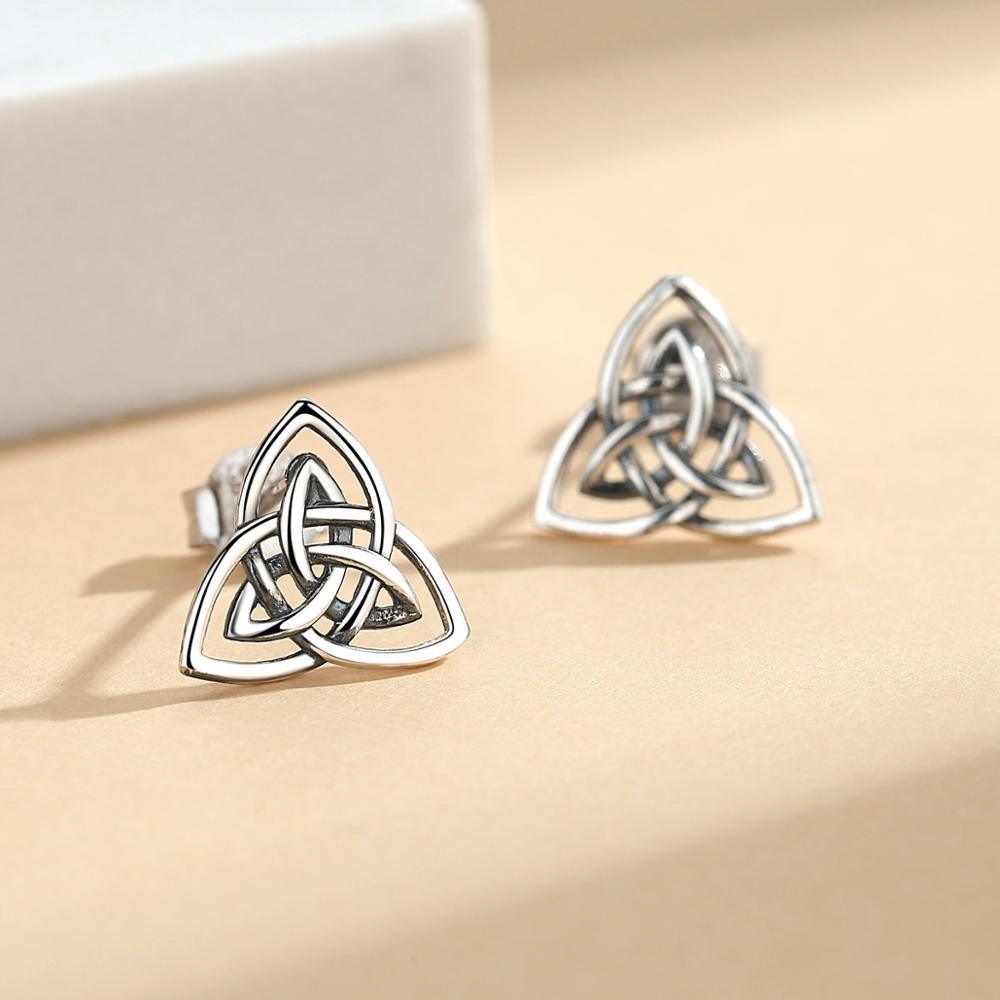
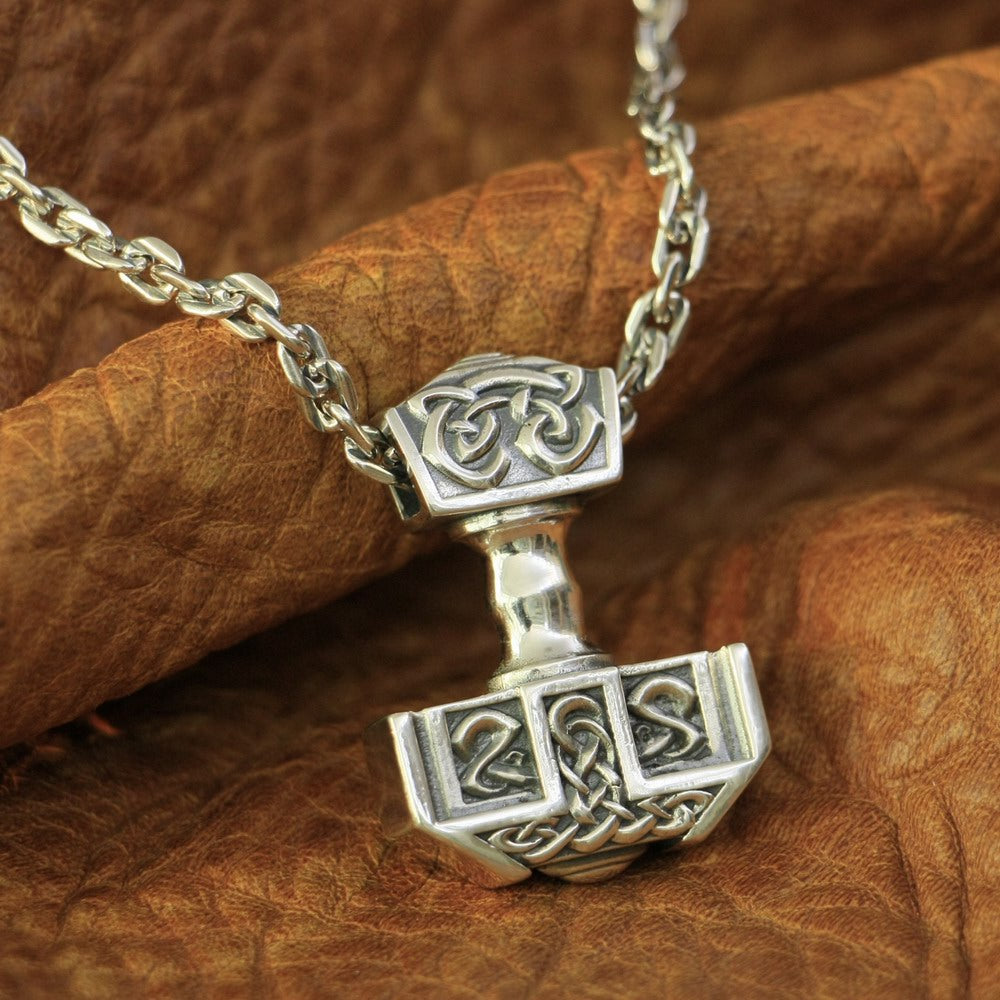
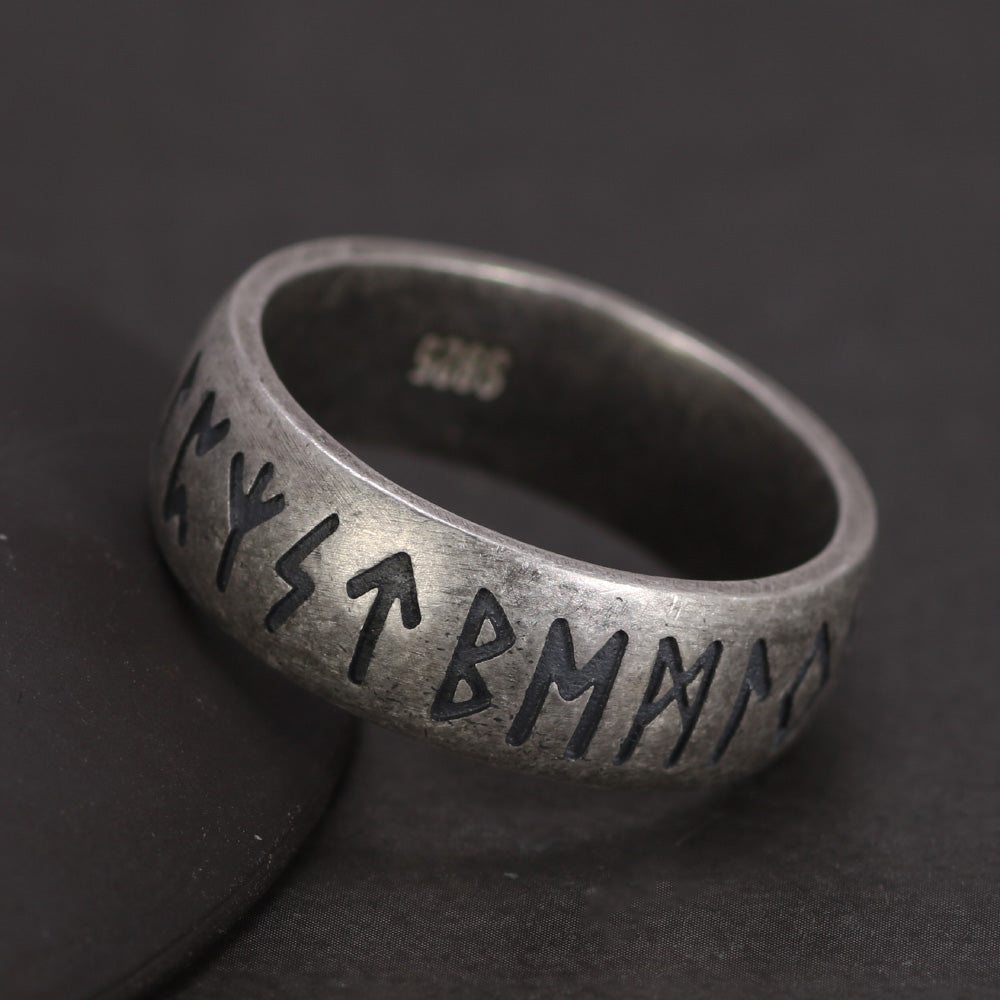
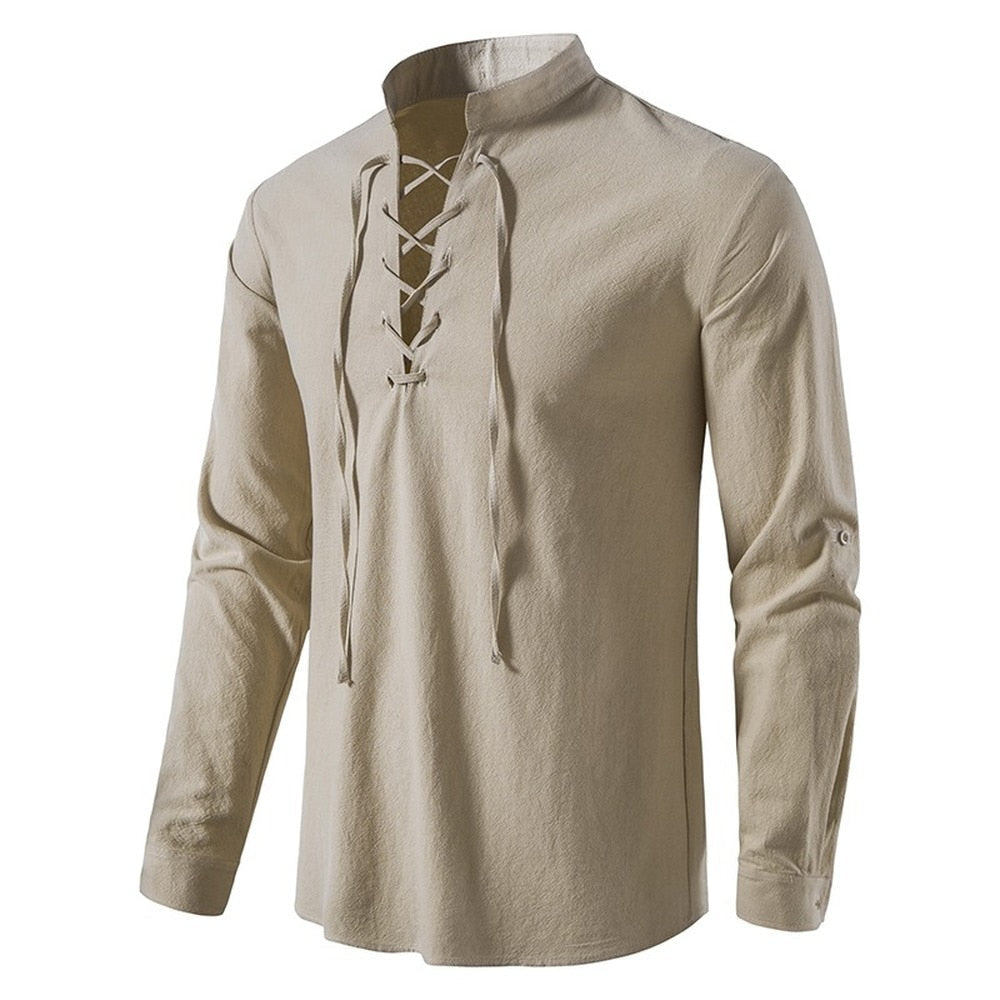

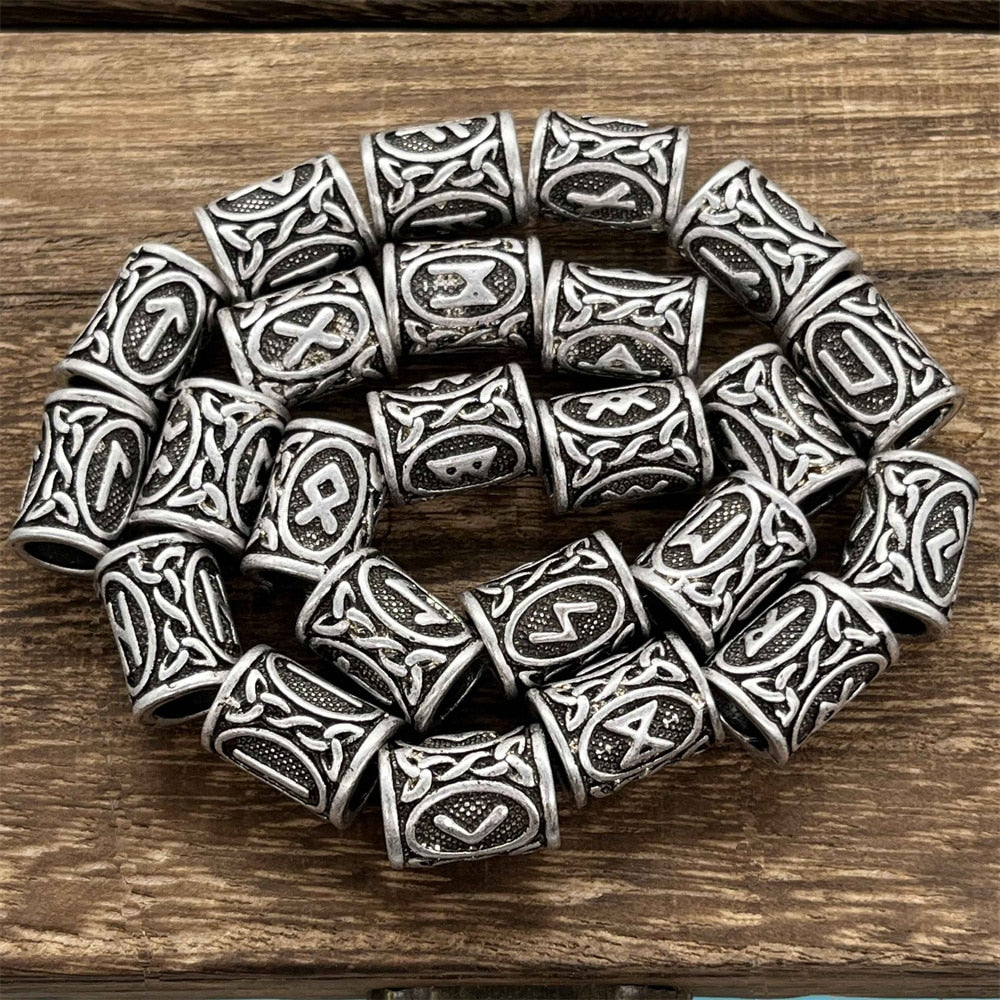
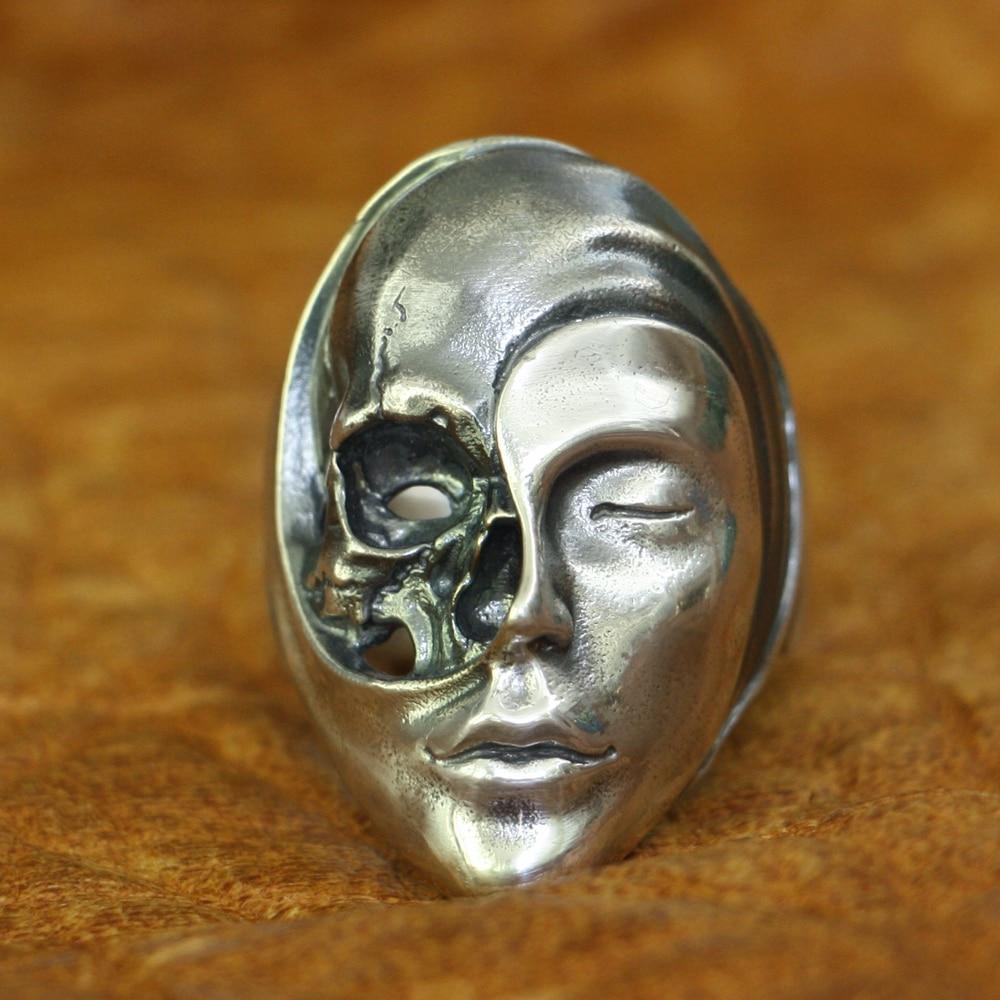
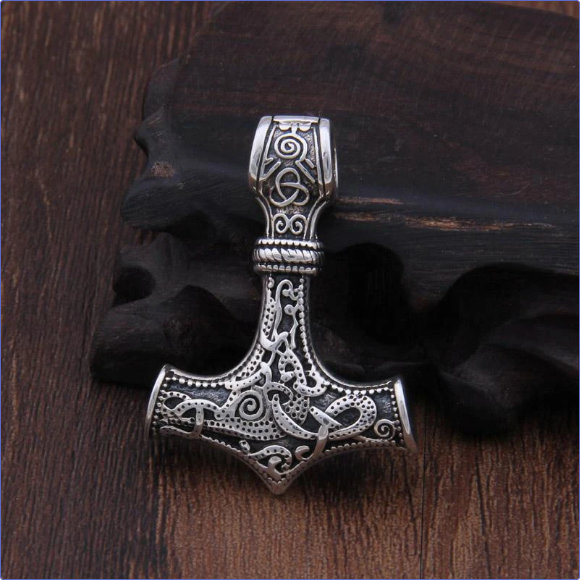
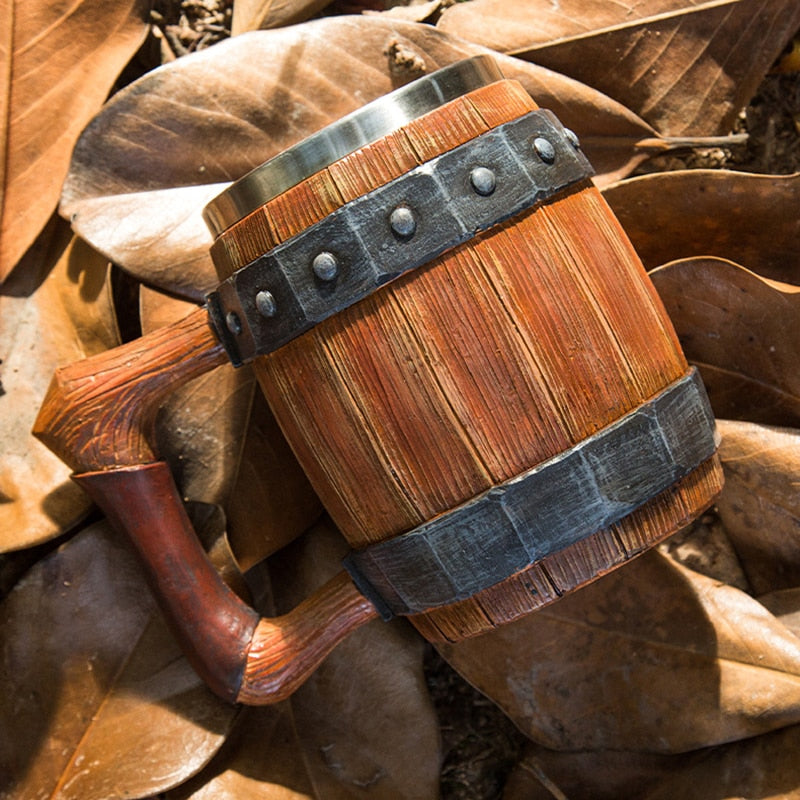
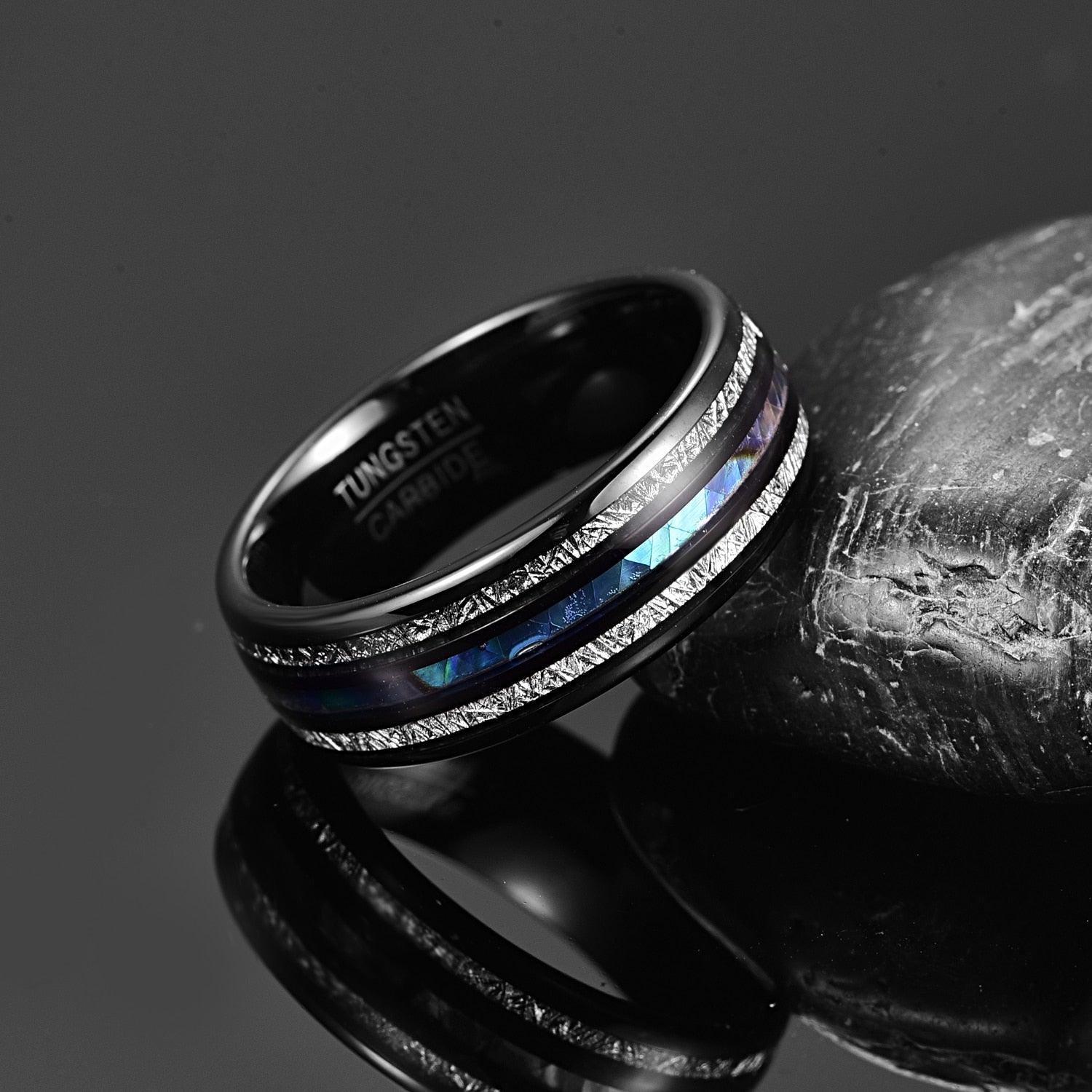
Comment (1)
Absolutely fabulous, I love every single item and pictures shown above…. it’s me!!!!